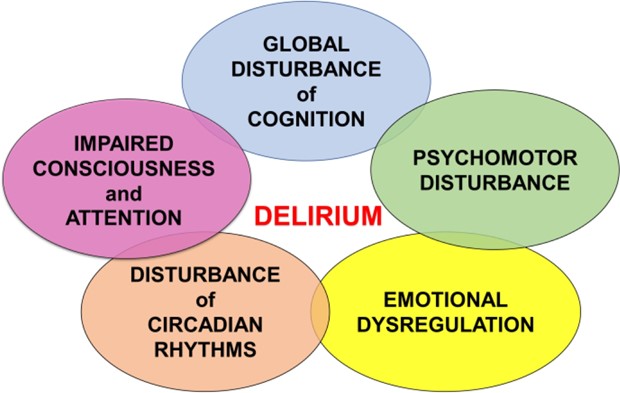What findings should the nurse expect when assessing an older adult client?
Heightened sense of pain.
Increased nighttime sleeping.
Decreased sense of balance.
Nighttime urinary incontinence.
The Correct Answer is C
As people age, they may experience a decrease in their sense of balance. This can increase the risk of falls and injuries.
Choice A is wrong because older adults may actually have a decreased sense of pain.
Choice B is wrong because older adults may experience changes in their sleep patterns, including difficulty falling asleep or staying asleep.
Choice D is wrong because while urinary incontinence can be a common issue among older adults, it is not limited to nighttime.
Nursing Test Bank
Naxlex Comprehensive Predictor Exams
Related Questions
Correct Answer is B
Explanation
A. Change the tubing set every 72 hr:Continuous enteral feeding tubing sets should generally be changed every 24 hours to reduce the risk of bacterial contamination. Changing every 72 hours is too long and increases infection risk.
B. Aspirate residual volume every 4 hr:Aspiration of residual volume every 4 hours is standard practice when providing continuous enteral feedings. This ensures the client is tolerating the feedings and helps prevent aspiration or overfeeding. Large residual volumes may indicate poor gastric emptying.
C. Flush the tubing with 10 mL of water every 2 hr:The tubing should be flushed with 30 mL of water every 4-6 hours (depending on protocol), not just 10 mL, to maintain tube patency and prevent clogging.
D. Heat the formula to 40.5° C (105° F):Formula should not be heated to such a high temperature. It should be administered at room temperature to avoid discomfort and potential damage to the gastrointestinal tract.
Correct Answer is D
Explanation
“Delirium has an abrupt onset.” Delirium is a serious change in mental abilities that results in confused thinking and a lack of awareness of someone’s surroundings.
The disorder usually comes on fast — within hours or a few days.

Choice A is wrong because delirium does affect a client’s perception of her environment.
Choice B is wrong because delirium does not have a slow progression, but rather an abrupt onset.
Choice C is wrong because delirium can affect a client’s sleep cycle.
Whether you are a student looking to ace your exams or a practicing nurse seeking to enhance your expertise , our nursing education contents will empower you with the confidence and competence to make a difference in the lives of patients and become a respected leader in the healthcare field.
Visit Naxlex, invest in your future and unlock endless possibilities with our unparalleled nursing education contents today
Report Wrong Answer on the Current Question
Do you disagree with the answer? If yes, what is your expected answer? Explain.
Kindly be descriptive with the issue you are facing.
